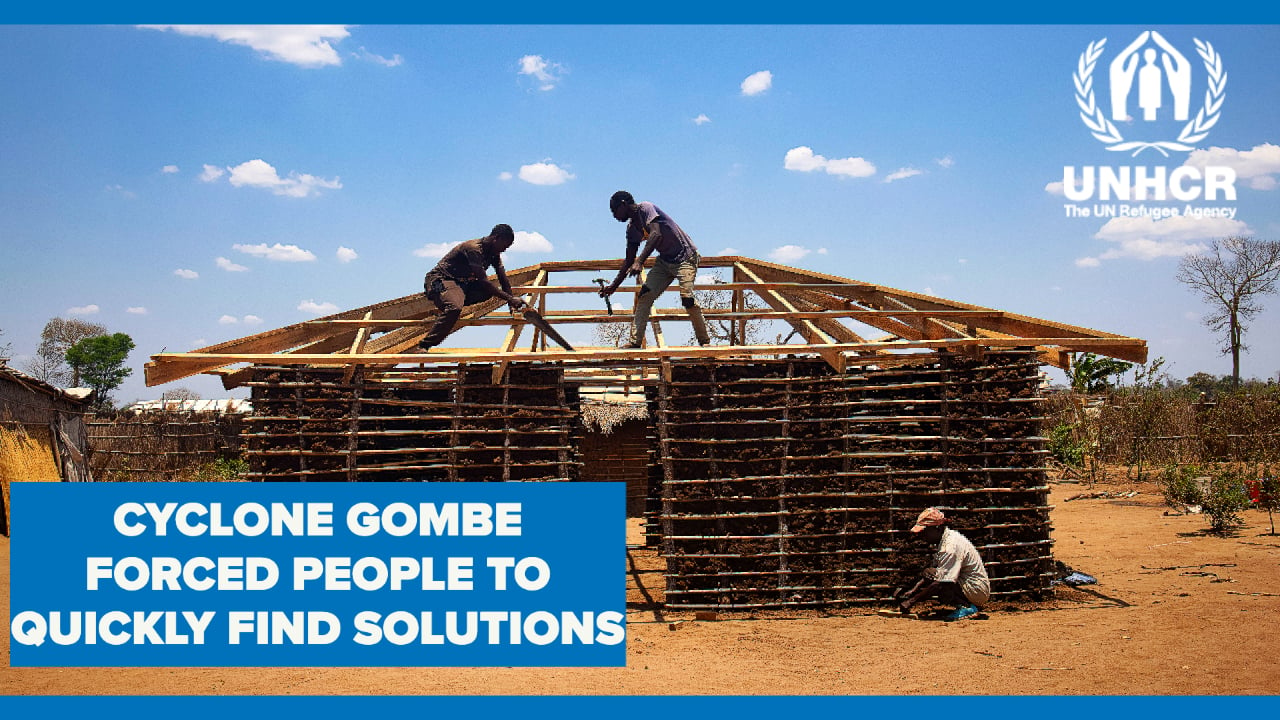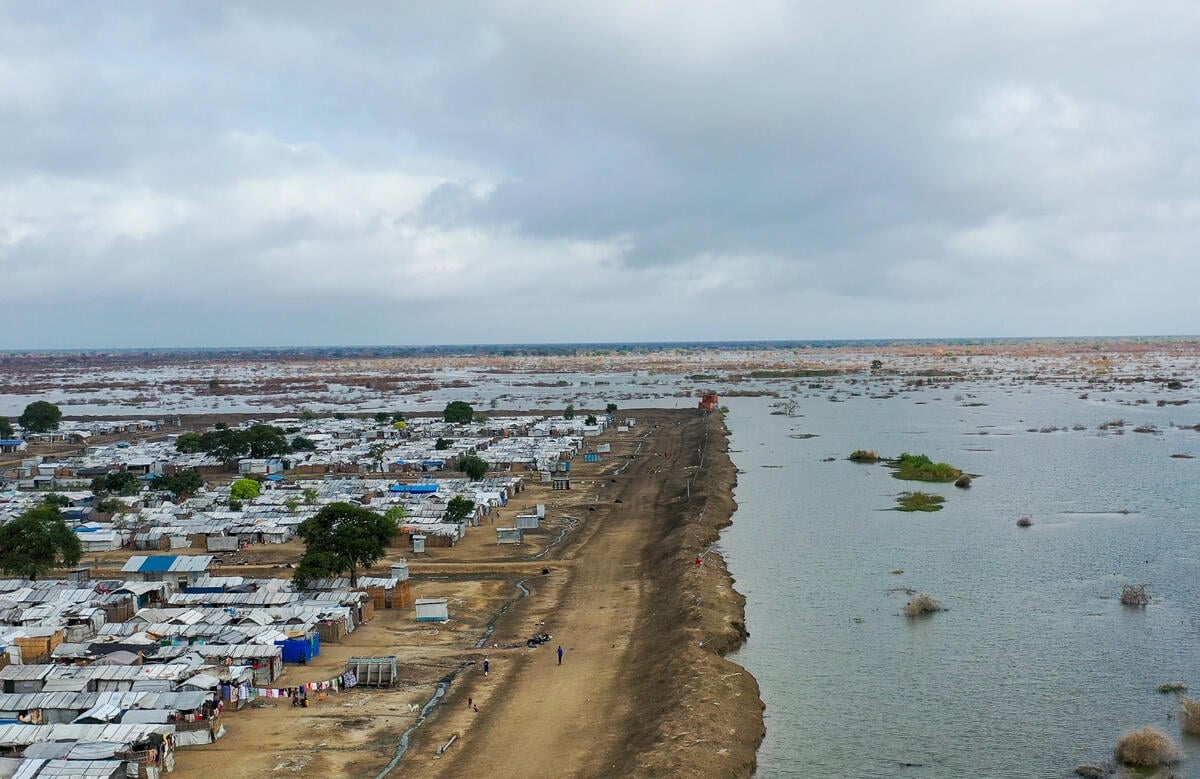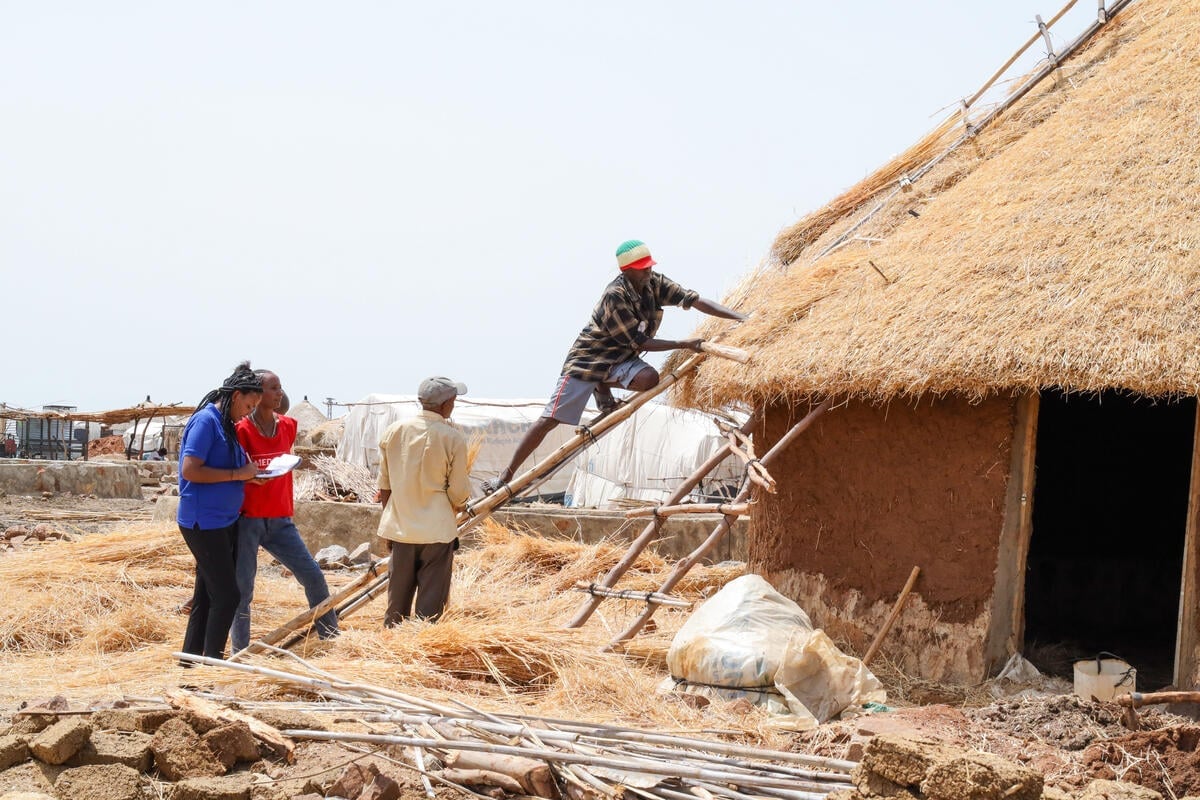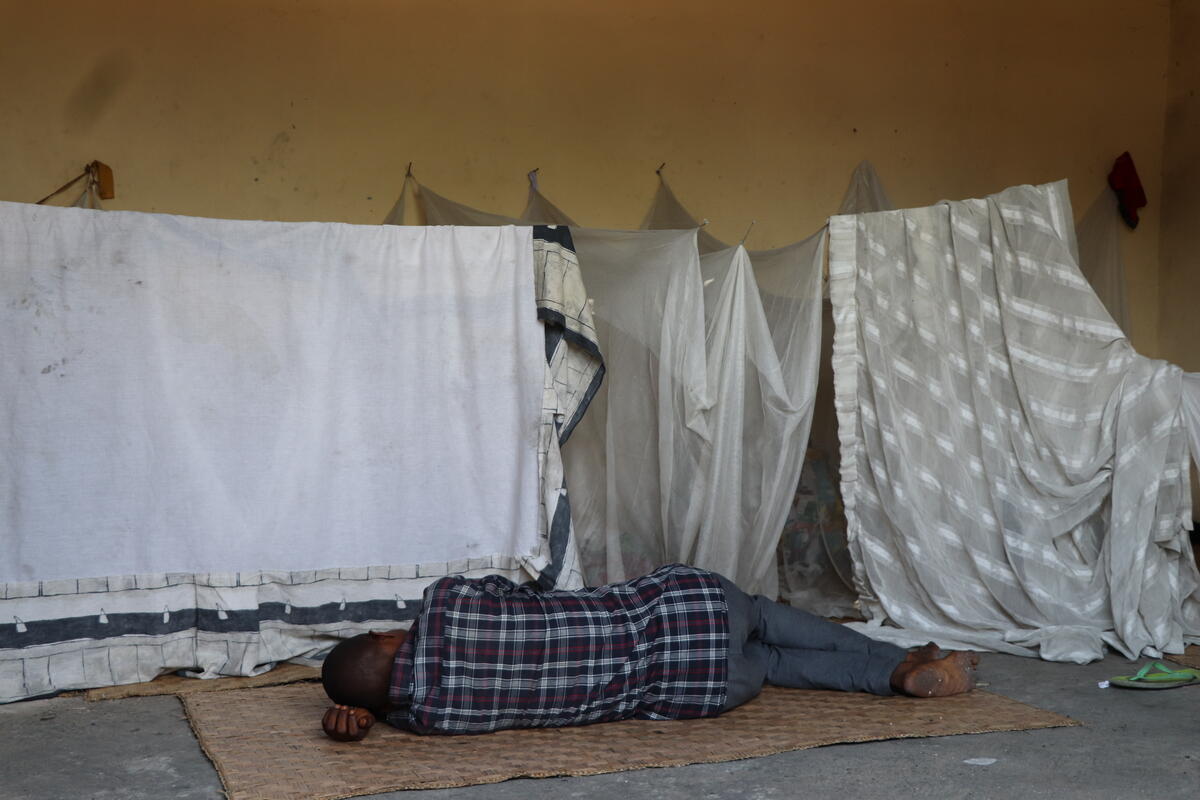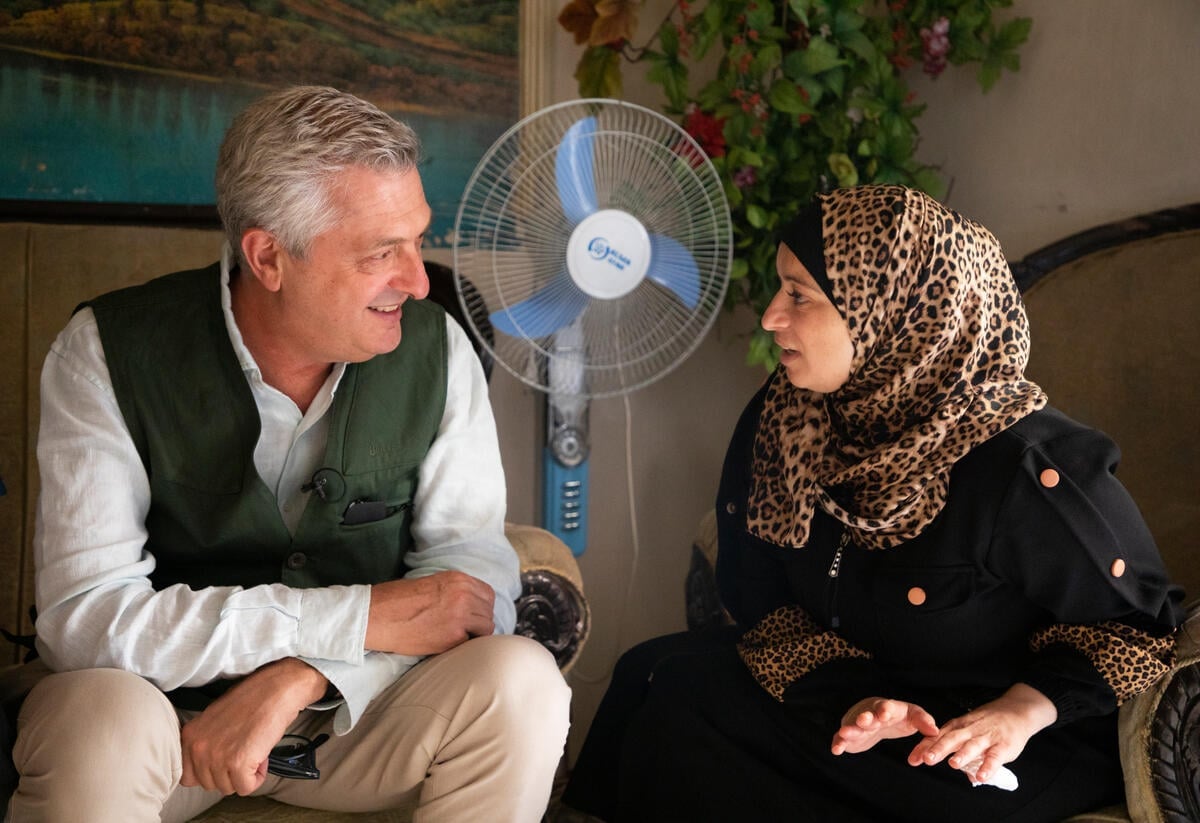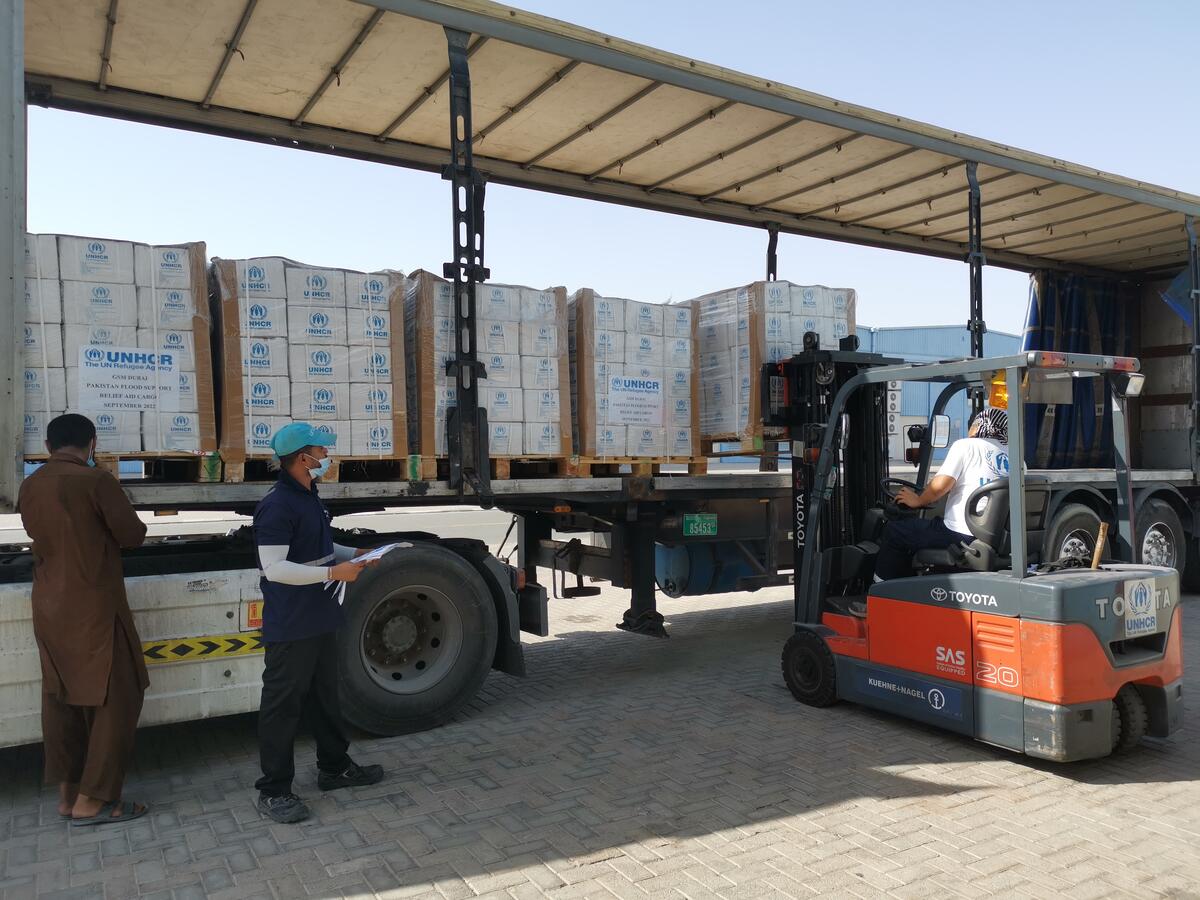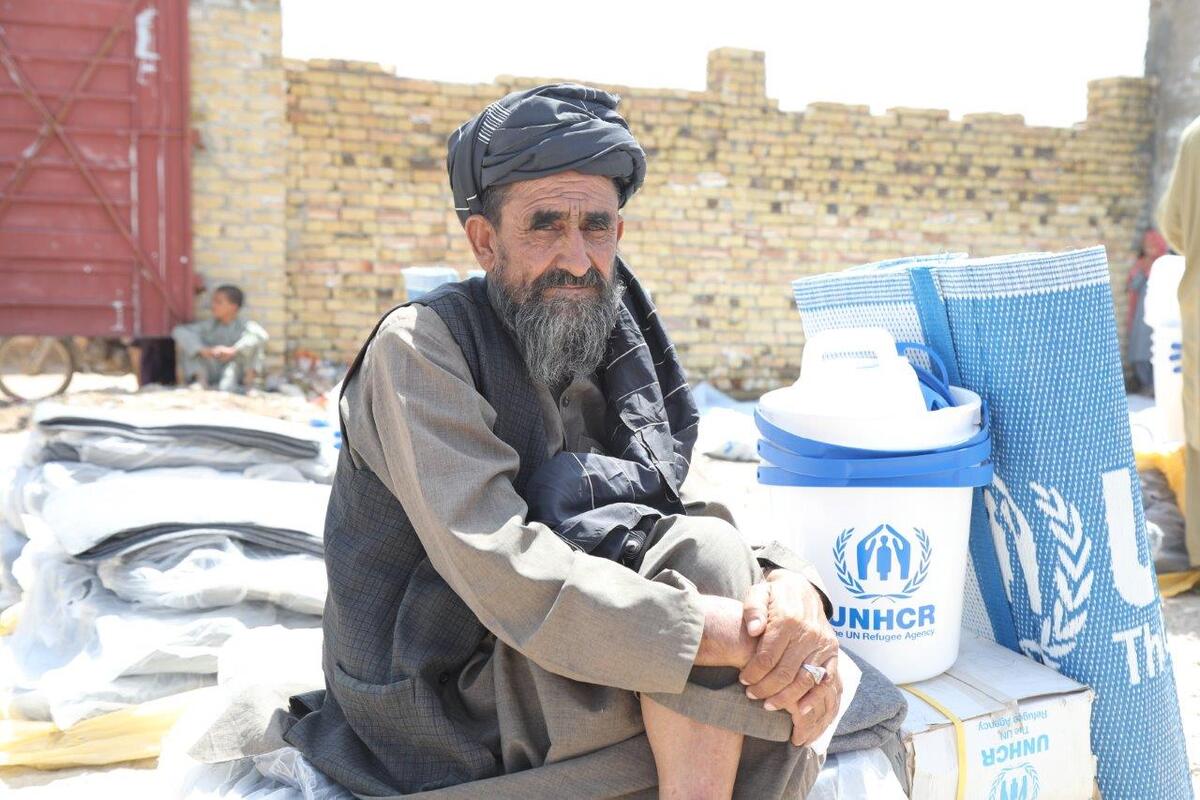UNHCR says target of 55,000 tsunami shelters reached in Sri Lanka
UNHCR says target of 55,000 tsunami shelters reached in Sri Lanka
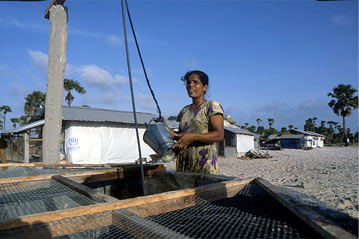
Editor's Note: Total of shelters completed corrected on November 23 from 58,000 to 55,000.
GENEVA, November 22 (UNHCR) - The UN refugee agency announced on Tuesday that it has completed its post-tsunami role as coordinator of a nation-wide transitional shelter effort in Sri Lanka, after the target of more than 55,000 shelters was achieved with the help of more than 100 non-governmental organizations.
The refugee agency formally handed over responsibility for permanent shelter to the Sri Lankan government on 15 November.
The transitional shelter programme was devised as a means of bridging the gap between emergency shelters - such as tents and school buildings - that were provided in the immediate aftermath of the tsunami, and the construction of permanent new homes.
They were necessary because reconstruction on such a scale - tens of thousands of new permanent houses and apartments - will take several years: far too long to remain under temporary shelter such as tents in a hot country which has an annual monsoon season and is prone to storms.
Shortly after the tsunami hit the coast of Sri Lanka on 26 December 2004, killing over 30,000 people and displacing nearly 800,000, the Sri Lankan government asked UNHCR to take the lead in the transitional shelter sector. While the refugee agency is not normally involved in natural disasters, UNHCR accepted this short-term role because of the scale of the devastation, and because it was many of the tsunami-affected people were already displaced due to the conflict in the north and east of the island.
"Now, UNHCR is returning its focus to its pre-tsunami work of providing assistance to people displaced by the conflict, as well as refugees repatriating from India," UNHCR spokeswoman Jennifer Pagonis said, after announcing the end of the transitional shelter-building programme at a press briefing in Geneva on Tuesday.
Under last January's UN Indian Ocean Tsunami Flash Appeal, UNHCR requested US$15.3 million for the operation in Sri Lanka, and was quickly fully funded. So far, some $7.7 million has been spent on transitional shelters, supplies of relief items such as tents, as well as transport, logistics and protection-related activities such as registration, surveys, and the resolution of property rights issues. The balance is expected to be carried over into 2006 in order to provide continued assistance to people displaced both by the tsunami and by the conflict.
There are some 68,000 Sri Lankan refugees in India and some 341,000 conflict-related displaced people inside Sri Lanka. UNHCR has been working in Sri Lanka for over 20 years


